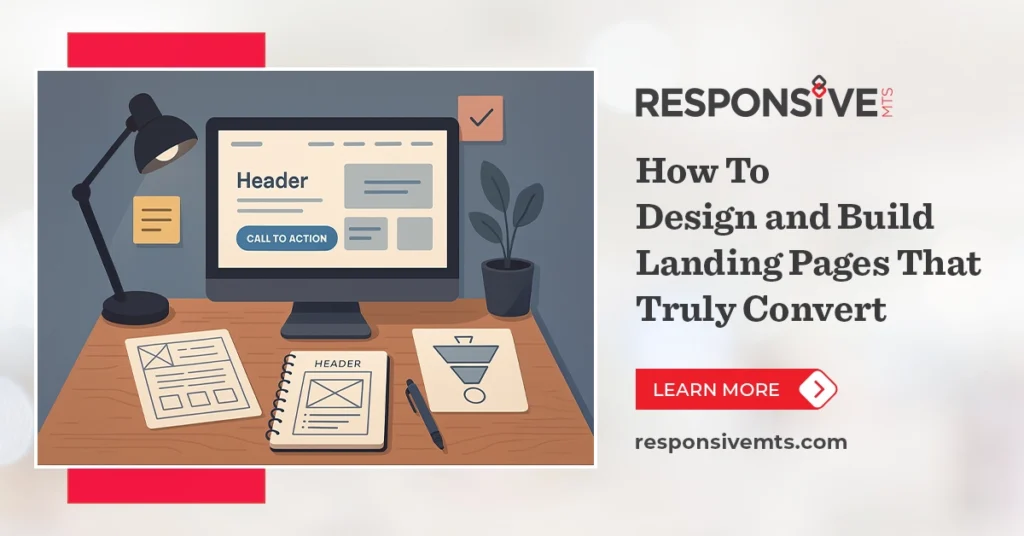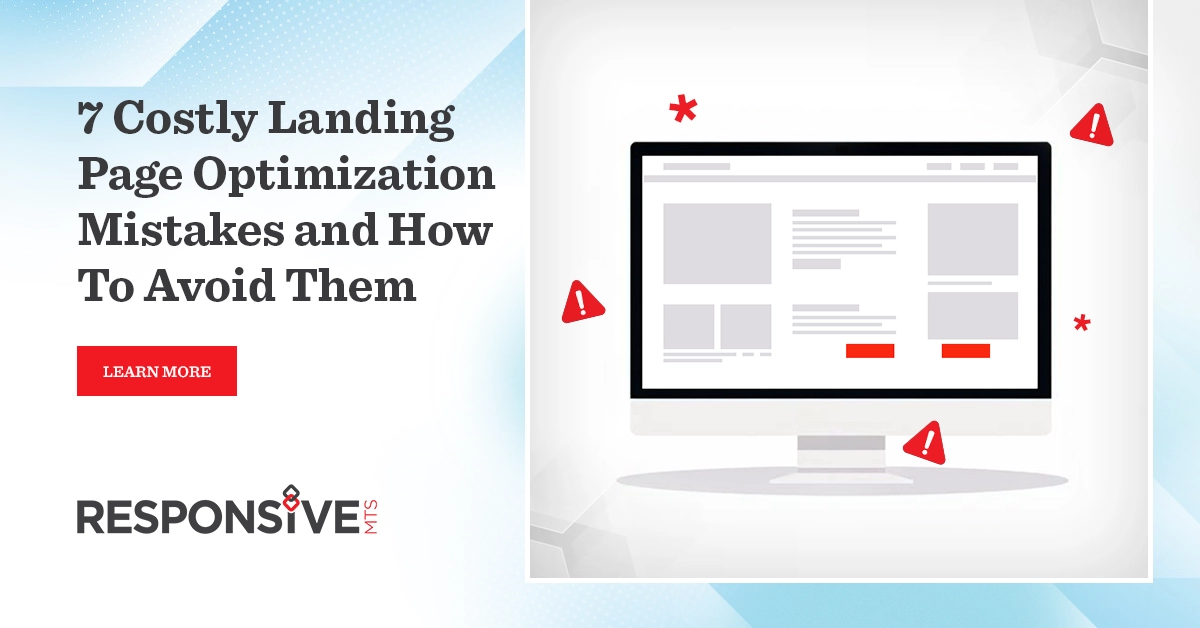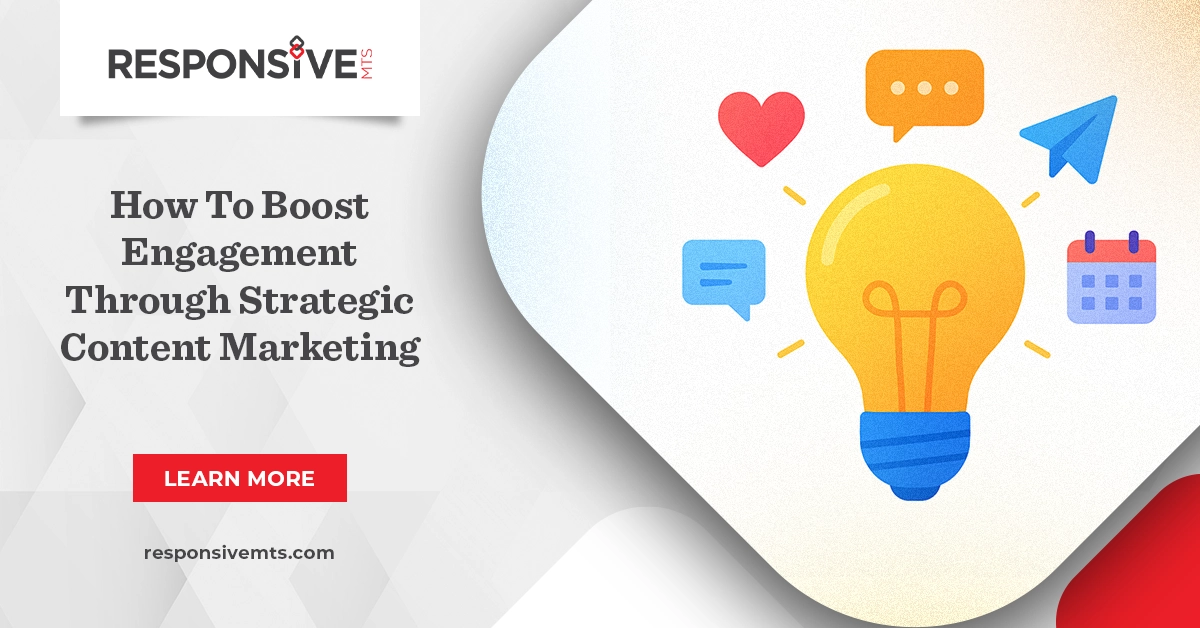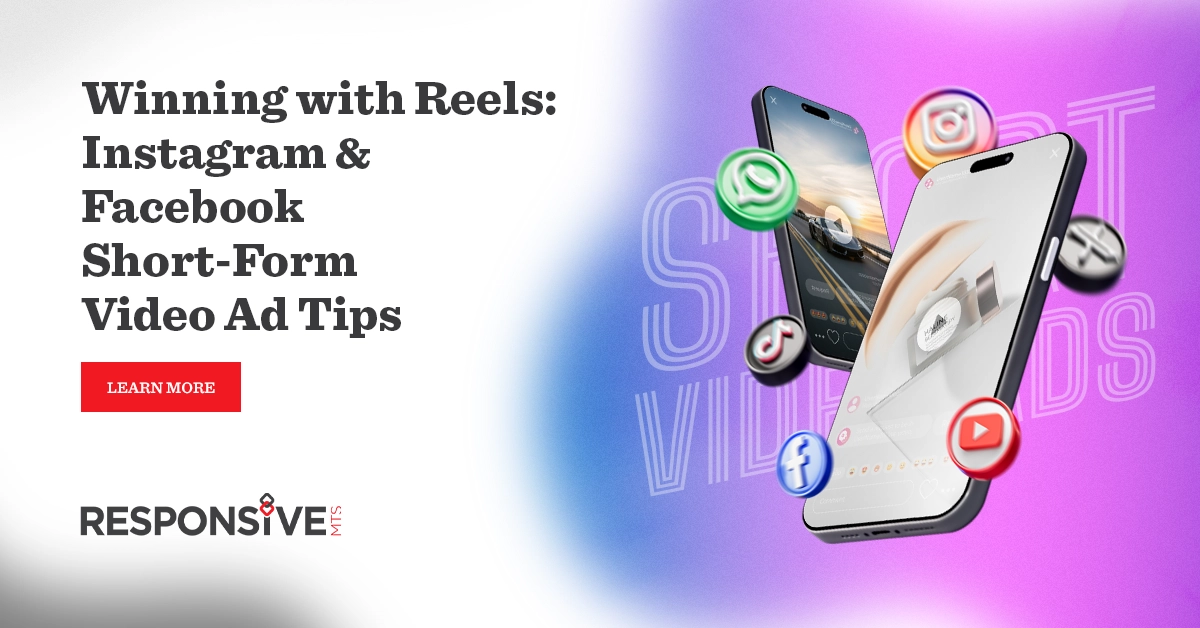When you build landing pages that converts, you’re essentially creating a digital sales assistant that works around the clock. However, most businesses struggle with conversion rates below 2%, leaving money on the table every single day. Therefore, understanding the art and science behind high-converting landing pages becomes crucial for your success.
Think of your landing page as a bridge between curiosity and commitment. Moreover, just like a physical bridge needs solid engineering to carry weight safely, your digital bridge requires strategic design elements to carry visitors toward your desired action. In addition, the most successful companies understand that conversion optimization isn’t about tricks; it’s about building genuine trust and removing friction from the user experience.
The Psychology Behind High-Converting Landing Pages
Understanding visitor psychology serves as the foundation when you build landing pages that convert. Furthermore, human decision-making follows predictable patterns, and successful landing pages leverage these behavioral triggers effectively.
For example, visitors typically scan your page in an F-pattern, focusing first on headlines, then scanning left to right before moving down. Consequently, your most important elements, headline, value proposition, and call-to-action, should align with this natural reading pattern. Additionally, cognitive load theory suggests that overwhelming visitors with too many choices actually decrease conversion rates.
Trust signals act like social proof in the real world. Similarly, testimonials, reviews, security badges, and company logos create psychological safety for hesitant visitors. In contrast, pages lacking these elements often feel suspicious, causing potential customers to abandon their journey before converting.
Essential Elements Every Converting Landing Page Needs
The anatomy of pages that convert follows a proven structure, much like a recipe for success. However, each ingredient serves a specific purpose in the overall conversion process.
The Magnetic Headline Formula
Your headline functions as the first impression, and often the last chance to capture attention. Therefore, effective headlines combine urgency, benefit, and clarity in a single powerful statement. For instance, instead of saying “Our Software Is Great,” try “Cut Your Project Time in Half With Our Automated Workflow Tool.”
Moreover, headlines should speak directly to your visitors’ pain point while promising a specific solution. Additionally, incorporating numbers, power words, and emotional triggers significantly increases engagement rates.
Value Proposition Clarity
Your value proposition answers the critical question: “What’s in it for me?” However, many landing pages bury this crucial information beneath generic corporate speak. Instead, focus on the transformation your product or service provides.
For example, rather than listing features, highlight the end result your customer achieves. Furthermore, connect this outcome to their emotional desires,saving time, reducing stress, increasing profit, or gaining recognition.
Strategic Call-to-Action Placement
The call-to-action (CTA) serves as your conversion catalyst. Nevertheless, button placement, color, size, and copy all influence whether visitors take action. In addition, psychological contrast principles suggest that CTA buttons should stand out visually from surrounding elements.
Research indicates that first-person CTAs (“Start My Free Trial”) often outperform second-person alternatives (“Start Your Free Trial”). Moreover, action-oriented language creates urgency and momentum toward conversion.
Design Principles That Maximize Conversions
Visual hierarchy guides visitor attention like a roadmap to conversion. Therefore, when you build landing pages that convert, every design choice should support your primary objective.
The Power of White Space
White space isn’t empty space; it’s breathing room for your message. Similarly, cluttered pages overwhelm visitors, while clean designs create focus and sophistication. However, strategic white space draws attention to key elements and improves comprehension.
For instance, surrounding your CTA button with ample white space makes it more prominent and clickable. Additionally, white space between sections helps visitors process information sequentially rather than feeling bombarded.
Color Psychology in Action
Colors trigger emotional responses that influence decision-making. Furthermore, different hues create distinct psychological associations. Blue suggests trust and stability, orange conveys energy and enthusiasm, while green implies growth and success.
However, color choices should align with your brand personality and target audience preferences. Moreover, maintaining consistent color schemes throughout your landing page creates visual cohesion and professional credibility.
Mobile-First Responsive Design
Over 60% of web traffic now comes from mobile devices, making responsive design non-negotiable. Therefore, pages that convert effectively must provide seamless experiences across all screen sizes.
Mobile optimization requires rethinking traditional desktop layouts. For example, single-column designs work better than multi-column arrangements on smaller screens. Additionally, touch-friendly button sizes and simplified navigation reduce friction for mobile users.
Copywriting Secrets for Higher Conversions
Words wield tremendous power in the digital realm. However, effective landing page copy requires a delicate balance between persuasion and authenticity.
Speaking Your Customer’s Language
Your copy should mirror the exact words and phrases your target audience uses. Furthermore, customer research reveals the specific language patterns that resonate most strongly with your ideal buyers.
For instance, technical audiences appreciate detailed specifications, while busy executives prefer concise benefit statements. Moreover, incorporating customer testimonials provides authentic language examples that prove your value proposition works.
The AIDA Framework
Attention, Interest, Desire, and Action. This timeless formula guides effective copywriting structure. However, modern applications require subtle adaptations for digital environments.
First, capture attention with compelling headlines that promise specific benefits. Then, build interest through relatable problem descriptions and engaging storytelling. Next, create desire by painting vivid pictures of post-purchase success. Finally, drive action with clear, compelling CTAs that eliminate uncertainty.
Overcoming Common Objections
Anticipating and addressing visitor concerns prevents abandoned conversions. Therefore, successful landing pages proactively tackle the most frequent objections through strategic content placement.
Common concerns include price sensitivity, product quality doubts, security fears, and commitment anxiety. However, testimonials, guarantees, free trials, and detailed explanations effectively neutralize these conversion barriers.
Technical Optimization for Better Performance
Page speed directly impacts conversion rates; even one-second delays can reduce conversions by 7%. Therefore, technical optimization becomes crucial when you build landing pages that convert.
Loading Speed Optimization
Fast-loading pages create positive first impressions and reduce bounce rates. Furthermore, search engines reward speedy sites with better rankings, creating a compound benefit for your conversion efforts.
Image compression, minimized code, and content delivery networks significantly improve loading times. Additionally, removing unnecessary plugins, widgets, and third-party scripts eliminates performance bottlenecks that frustrate visitors.
A/B Testing Your Way to Success
Testing removes the guesswork from conversion optimization. However, effective testing requires systematic approaches and statistical significance to produce reliable results.
Start with high-impact elements like headlines, CTAs, and value propositions. Moreover, test one variable at a time to identify which specific changes drive improvements. Additionally, run tests long enough to account for traffic variations and seasonal fluctuations.
Advanced Conversion Techniques
Once you master the fundamentals, advanced strategies can push conversion rates even higher. Furthermore, these techniques often provide the competitive edge that separates good from great landing pages.
Social Proof Integration
People follow the crowd, especially when making uncertain decisions. Therefore, showcasing customer success stories, user counts, and social media mentions builds powerful conversion momentum.
However, social proof must feel authentic rather than manufactured. For example, specific testimonials with photos and details create more impact than generic five-star ratings. Additionally, real-time social proof like “127 people viewed this page today” adds urgency without being pushy.
Scarcity and Urgency Tactics
Limited-time offers and inventory constraints trigger psychological urgency that accelerates decision-making. Nevertheless, these tactics must be genuine to maintain trust and credibility.
Countdown timers, limited quantities, and exclusive access create natural urgency. Moreover, explaining the reasons behind scarcity (seasonal availability, manufacturing constraints) makes limitations feel authentic rather than manipulative.
Measuring and Improving Your Results
Continuous improvement separates successful landing pages from one-time wonders. Therefore, establishing measurement systems and optimization processes ensures long-term conversion success.
Track key metrics like conversion rate, bounce rate, time on page, and traffic sources. However, focus primarily on conversion rate and total conversions, as these directly impact your bottom line. Additionally, segment data by traffic source, device type, and visitor demographics to identify optimization opportunities.
Furthermore, heat mapping tools reveal how visitors interact with your page elements. Similarly, user session recordings uncover friction points and confusion areas that quantitative data might miss.
Common Mistakes That Kill Conversions
Even experienced marketers make critical errors that sabotage landing page performance. However, awareness of these pitfalls helps you avoid costly conversion killers.
Overcomplicating the message confuses visitors and reduces conversion rates. Instead, focus on one primary objective and eliminate distracting elements. Moreover, attempting to serve multiple audiences simultaneously dilutes your message’s effectiveness.
Another frequent mistake involves neglecting mobile optimization. Additionally, slow loading speeds, broken forms, and unclear CTAs create unnecessary conversion barriers that drive potential customers away.
Clicks don’t pay the bills conversions do. Let’s build landing pages that sell. Connect to ResponsiveMTS today.
Frequently Asked Questions to Build Landing Pages that converts
The landing page length should match your offer complexity and audience commitment level. However, high-value purchases typically require more information and social proof, while simple lead magnets can convert with shorter pages. Generally, focus on including all necessary information to address visitor concerns without overwhelming them.
Minimize form fields to reduce friction while capturing essential information. Moreover, each additional field typically decreases conversion rates by 10-15%. Therefore, only request information you absolutely need for follow-up or service delivery. Additionally, progressive profiling should be considered to gather more details over time.
Traditional navigation can distract visitors from your primary conversion goal. However, simple footer links for legal pages and contact information may be necessary for trust and compliance. Furthermore, focus visitor attention on your main CTA rather than providing exit opportunities.
Run tests until you achieve statistical significance, typically requiring at least 100 conversions per variation. Moreover, account for weekly traffic patterns by testing for complete week cycles. Additionally, avoid stopping tests early based on preliminary results, as this can lead to false conclusions.
Conversion rates vary significantly by industry, traffic source, and offer type. However, average landing page conversion rates range from 1-3%, while top performers achieve 5-15% or higher. Therefore, focus on improving your own baseline rather than comparing to industry averages, as your specific situation determines realistic targets.




